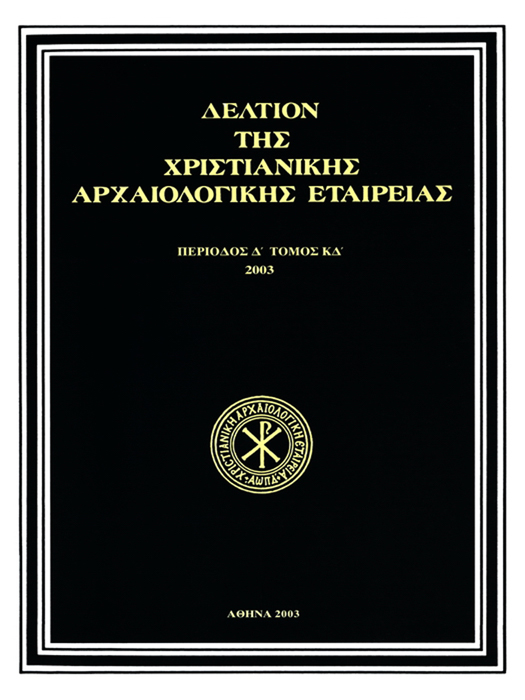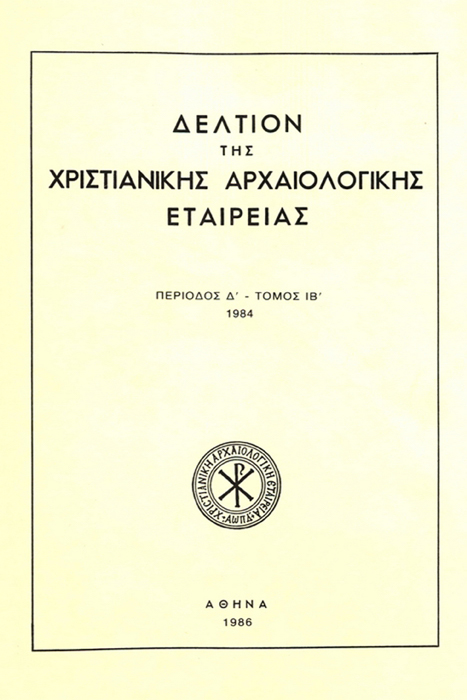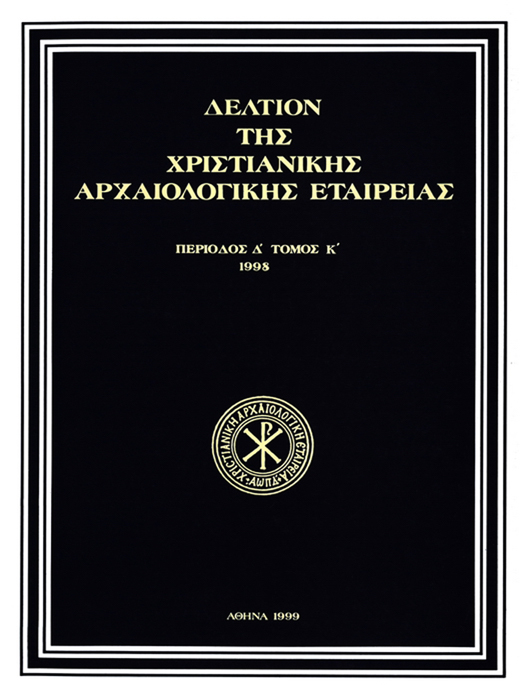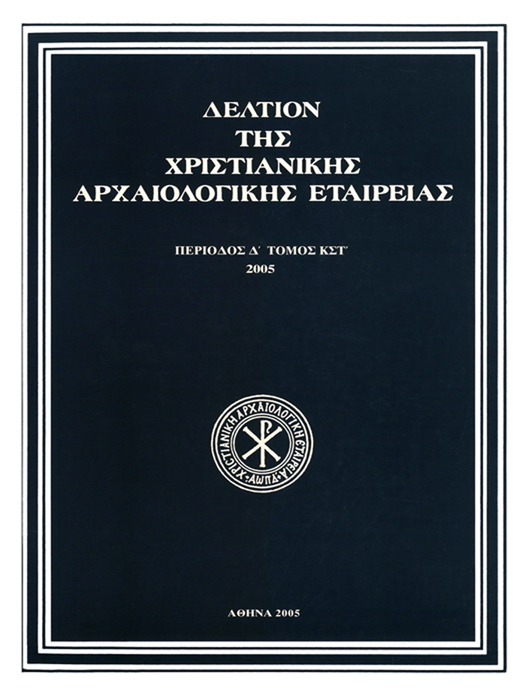The icon “In thee Rejoiceth” in the Byzantine museum of Athens and Cretan iconography.
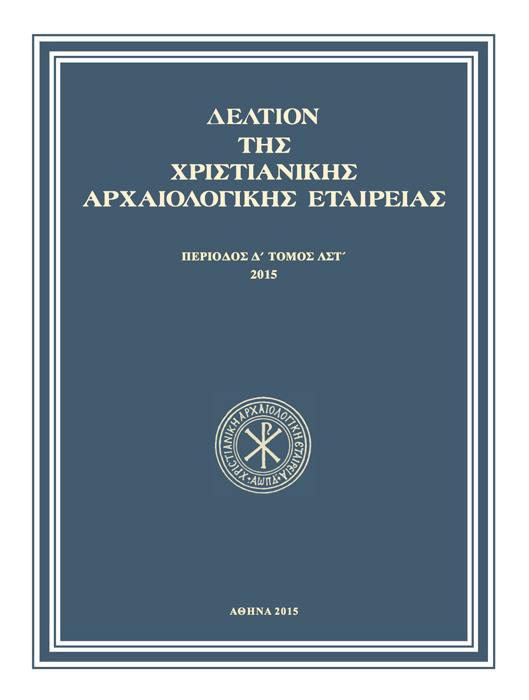
Abstract
This important icon from Cappadocia, the main subject of which is the liturgical hymn “(All Creation) Rejoices in Thee,” is probably datable to the early 15th century. It is distinguished for the originality of its composition and meticulous miniature artistry. Iconographic analysis shows the close relationship between the pictures and Late Byzantine and Post-Byzantine wall paintings and icons from Crete, making it likely that the work was painted in Chandax, a conclusion strengthened by the small number of Western loans and other elements familiar to Cretan art. Some representations featuring Sinaite iconography, and the presence of the monk Theoleptos, who was either the owner or the dedicator of the icon, indicate a connection with Sinai monastery’s dependency of Hagia Aikaterine in Heraklion. As concerns the archetypal scene of “In Thee Rejoiceth,” the evidence allows us to assume that it was painted in Constantinople post-1360 at the initiative of the Ecumenical Patriarchate.
Article Details
- How to Cite
-
ΑΧΕΙΜΑΣΤΟΥ-ΠΟΤΑΜΙΑΝΟΥ Μ. (2016). The icon “In thee Rejoiceth” in the Byzantine museum of Athens and Cretan iconography. Deltion of the Christian Archaeological Society, 36, 157–172. https://doi.org/10.12681/dchae.1778
- Section
- Articles

This work is licensed under a Creative Commons Attribution-NonCommercial-ShareAlike 4.0 International License.
The copyright for articles in the journal Deltion of the Christian Archaeological Society (henceforth Deltion) is retained by the author(s), with first publication rights granted to the journal and to EIE/ EKT the right to store and communicate these articles to the public via its information infrastructures. By virtue of their appearance in this journal, articles are free to use with proper attribution for non-commercial uses under a ShareAlike obligation. The Christian Archaeological Society and EIE/EKT retain the worldwide right to reproduce, display, distribute, and use articles published in the Deltion in all formats and media, either separately or as part of collective works for the full term of copyright. This includes but is not limited to the right to publish articles in an issue of the Journal, copy and distribute individual reprints of the articles, authorize reproduction of articles in their entirety in another publication of the Christian Archaeological Society, and authorize reproduction and distribution of articles or abstracts thereof by means of computerized retrieval systems.




